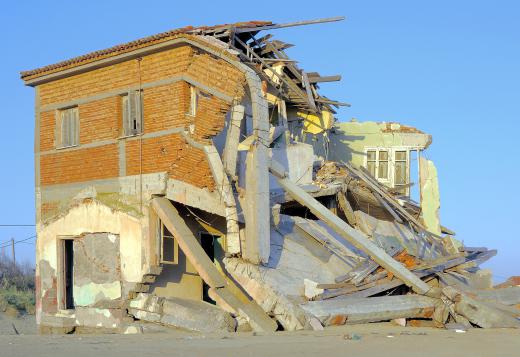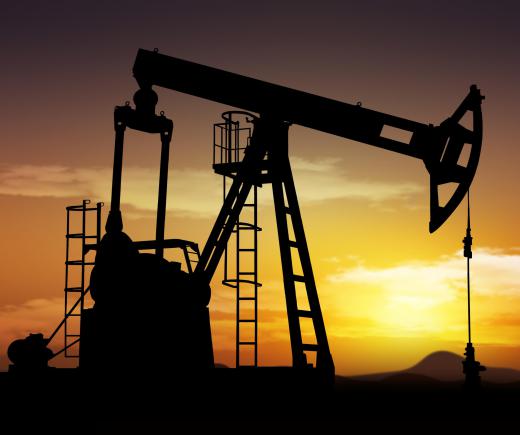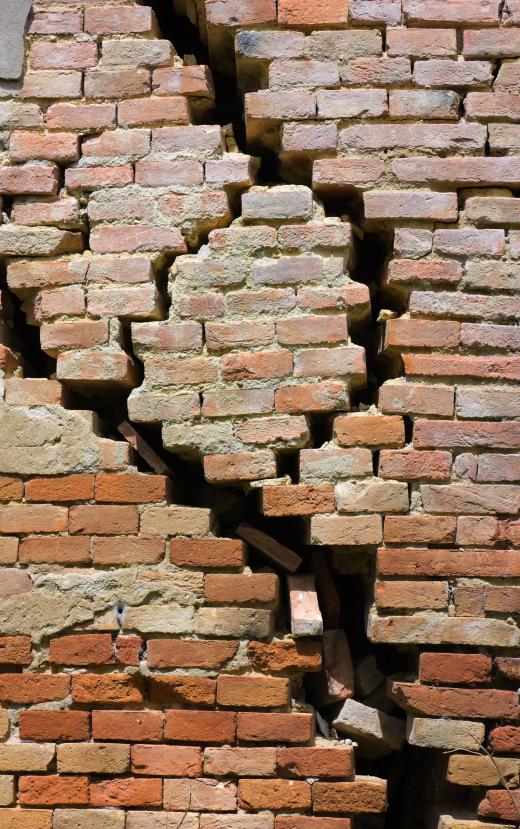What are the Different Types of Seismic Data?
Seismic data is used to study and measure earthquakes and movements in the earth, such as seismic waves. The scientists who collect and analyze seismic data are referred to as seismologists. Data is collected from seismic stations that are set up around the world, with special attention being paid to areas where there is typically a great deal of seismic activity, such as near active volcanoes and fault lines.
Data that is collected is used to record and report seismic activity, and can be used in emergency situations. Such emergency situations include aftershocks from earthquakes, and volcanic activity. The information can also be applied to seismic maps, which help builders and planners decide where to build structures and communities.

A common method for collecting images and data takes place in oceans. Data about the sea floor is collected using seismic reflection data. This method of collecting information uses low frequencies that result in reflections or images. Seismic reflection data is useful when researching such things as faults and folds.
High-resolution data is used to capture images of the sea floor. As the name suggests, the images are of a high resolution, which provides for overall better images. This type of seismic data is gathered by a single-channel seismic reflection which uses acoustics to acquire images.

Yet another type of seismic data is 3-D seismic data, which provides a three-dimensional look at a subject. More detail can be found when 3-D seismic data is used, though there are some downsides to this type of technology. The cost of the technology is very high, and it focuses on a particular area, as opposed to broader images which capture more data about larger areas.

Another use for seismic data is to locate oil for drilling purposes. Though this is not a guaranteed method for finding oil, it can be helpful for oil drillers. Drillers often set up a truck that sends waves deep into the ground and record how deep the waves must travel before they are reflected. The depth at which the waves are reflected can be an indicator that there is oil present in a general location.
The U.S. Geological Service is responsible for collecting and analyzing seismic data, and alerting the public to any potentially hazardous situations in the United States. This federal agency, in cooperation with several other seismic monitoring organizations, also oversees the Global Seismographic Network, which provides data on a world wide basis. In Europe, the European-Mediterranean Seismological Centre holds similar responsibilities for its region.
AS FEATURED ON:
AS FEATURED ON:













Discuss this Article
Post your comments